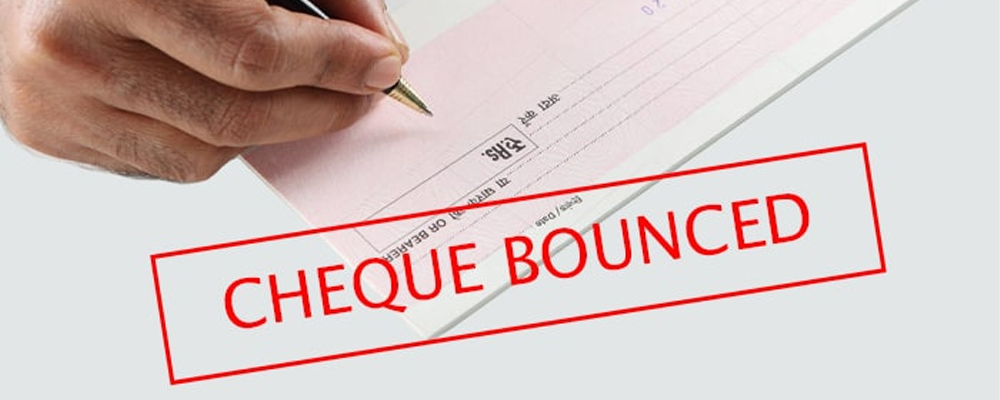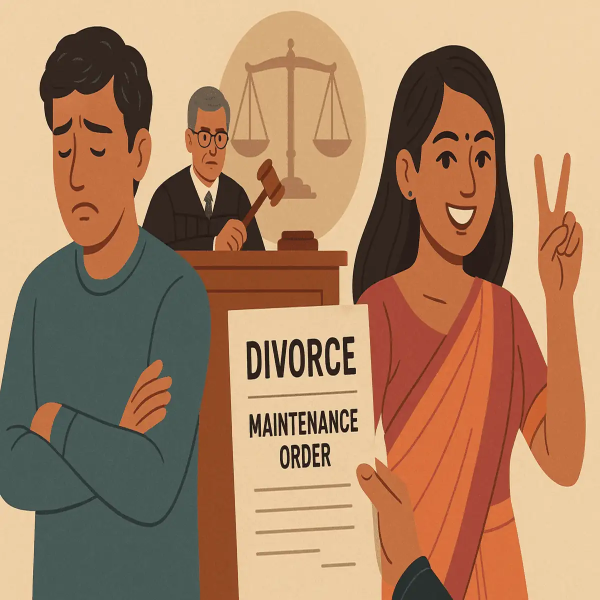
 09 October 2025
09 October 2025
A cheque bounce occurs when a cheque issued by an individual or a business is returned unpaid by the bank due to insufficient funds, mismatched signatures, or other discrepancies. While it may seem like a simple banking issue, a bounced cheque can have serious legal and financial consequences under the Negotiable Instruments Act, 1881 in India.
The first step after a cheque bounce is to notify the issuer. A written notice demanding payment must be sent within 30 days of receiving the bank’s return memo. This serves as a formal warning and provides the issuer an opportunity to settle the payment amicably.
If the payment is not made within 15 days of the notice, the next step is to file a criminal complaint under Section 138 of the Negotiable Instruments Act. This can lead to legal proceedings where the court may impose penalties, including fines or imprisonment of up to two years, depending on the case.
Simultaneously, the payee can also explore civil remedies to recover the dues. Filing a civil suit for recovery or approaching debt recovery tribunals can help secure the outstanding amount along with interest and legal costs.
Prevention is always better than cure. Individuals and businesses should ensure adequate funds, maintain accurate account details, and verify cheque information before issuing payments. For businesses, implementing internal controls and regular reconciliation of accounts can significantly reduce the risk of cheque bounce incidents.
Understanding the legal framework and following these steps can simplify the process of handling a bounced cheque. It ensures that your financial rights are protected and encourages responsible financial practices among all parties involved.







